The Article
6000A Integrated Amplifier From Audiolab
1st July 2019
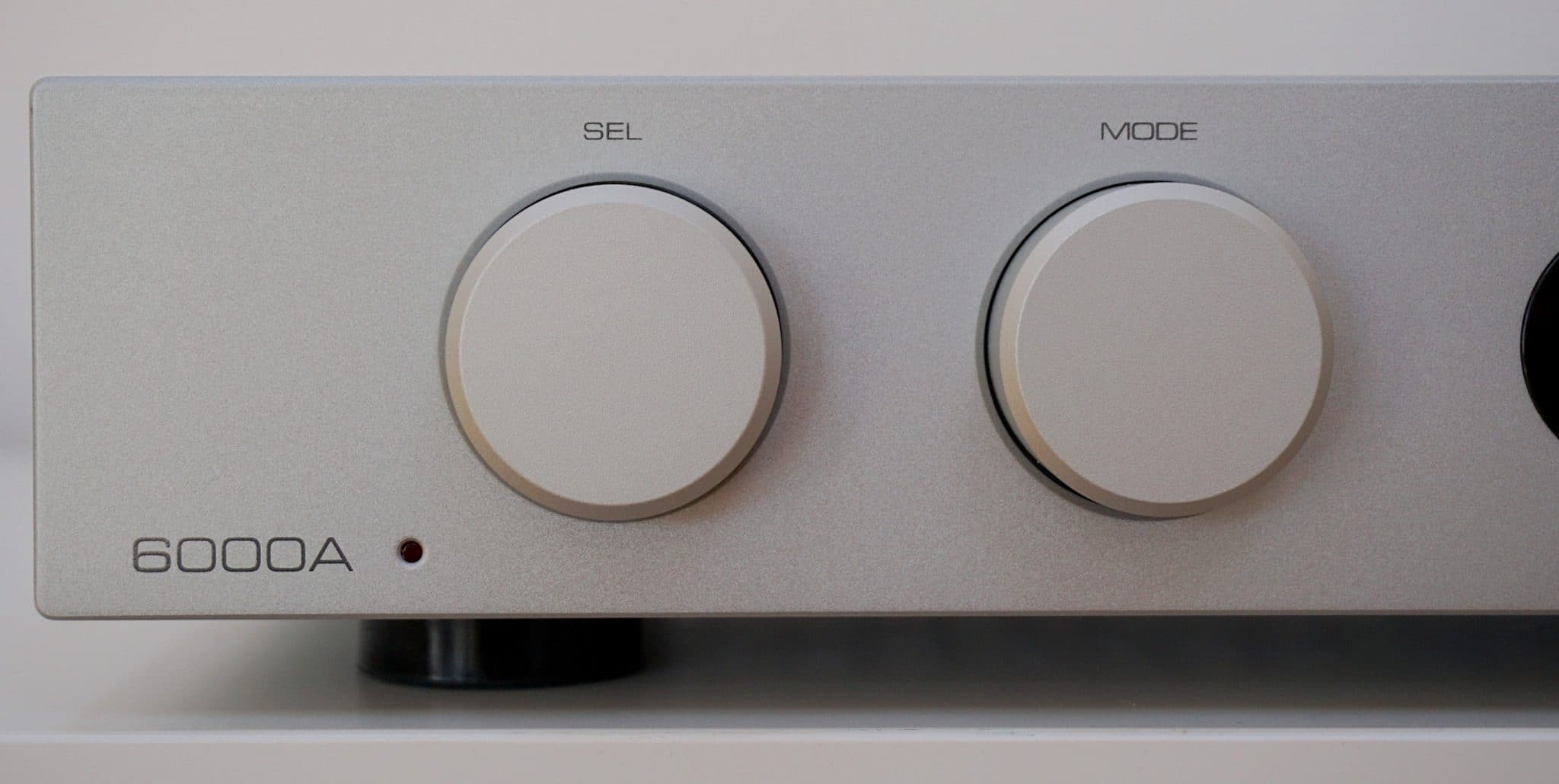
Adopting a traditional and solid form factor on the outside, Paul Rigby realises that the magic is occurring under the lid
The thing about the 6000A, when the aesthetics are considered, is that it looks like an integrated amplifier. Don’t dismiss that point. It’s actually critical to target sales. I say again, the 6000A looks like a traditional integrated amplifier. It looks safe. It looks steady and solid. It doesn’t try anything fancy. You would never accuse the chassis of ever emerging from an Italian design studio. There’s no chic fashion sense with this one. If you saw this box in the 80s, it would look rather racy, that’s for sure, but it wouldn’t look too out of place.
For some users, that is all they want. And that’s important. Weird and even slightly off-kilter designs can scare and make certain hi-fi fans feel uncomfortable. Even slightly conservative half-width amplifiers can be an issue for some.
The 6000A – at least on the outside – is the Mother’s Pride processed white loaf of amplifier design. You can see it for what it is at 30 paces. Again, I’m not damning this amp with faint praise when I say that. That’s not a bad thing. It’s a firm design choice.
Before I began the review of this box, I was comforted to know that the designer of the 6000A was also the same designer of the older 8300A. Jan Ertner took the basis of the latter to create the former which meant that hard won knowledge was now being refined and improved upon. There’s nothing worse than a single line of products that feature a host of designers who not only constantly reinvent the wheel but often make the same old mistakes over and over again (it’s happened many times in the past). Not here. So I already had a sense of confidence going into this one.
This is an amplifier but it features other components too. The ES9018 Sabre32 Reference DAC is one of those, featuring 32bit HyperStream architecture and Time Domain Jitter Eliminator. Again, this chip is not a foreign component. You’ll find it in the company’s M-DAC. Continuity again.
Connected to the DAC are the 6000A’s four digital inputs – two coaxial and two optical – which handle 24bit/192kHz. Tagged to these are user-selectable digital filters: Fast Roll-Off, Slow Roll-Off and Minimum Phase. I’ll say now that I normally hate these sort of things. Anything that takes me away from a pure, default, flat signal is an experience as near to abhorrent as I’m likely to find. That said, I’ll give them all a test in due course.
Streaming is also possible via Bluetooth (plus the now usual aptX codec).
A Class AB amplifier, that can also be used as a pre-amp and as a power amplifier too, the integrated mode of the design pumps out 50W per channel into 8 Ohms, the output stage of the discrete power amp circuits uses a CFB (Complementary Feedback) topology plus a meaty 200VA toroidal transformer followed by four 15000uF reservoir capacity (60000uF in total). The idea is to reduce the strain upon the amplifier and to maintain a sort of backup of power, ready to use.
Audiolab has included a phono stage for moving magnet phono cartridges – a JFET-based circuit with RIAA equalisation. A dedicated headphone amp with current-feedback circuitry is also included.
Spanning 445 x 65.5 x 300mm and weighing 7.8kg, the 6000A is available in a choice of silver or black.
SOUND QUALITY
I started with Mike Oldfield and his Platinum (Virgin) LP from 1979. I played Into the Wonderland, featuring vocals by Wendy Roberts. A sweet, beautifully melodic and slightly melancholic, low key ballad with a high-energy, rocking finish.
I suppose, if I were to describe the 6000A in one word, it would be confident. This amplifier is not shy, it doesn’t try to hide any aspect of its sound envelope. The 6000A will never die wondering. That is, the 6000A gives its all in the cause of making you happy.
The overall presentation from the Audiolab 6000A was balanced and balanced means you get to hear some bass. This is not always the case for mid-placed budget equipment. Bass is often sacrificed or at least trimmed to some extent. Even the best sub-£1,000 amplifiers out there love to trim bass. It’s a cost issue. That doesn’t happen with the 6000A.
The 6000A allows bass into the soundstage. That means that both the percussion and bass guitar were not only able to ground the music and stop it flapping in the wind but also offer a solid, rhythmic pace to the whole arrangement. That is, there was a sense of order here. The music flowed with an added, deeper groove. The structure was both solid and funky.
One of the persistent fears I have as a reviewer, from amplifiers designed at this price point, is frequency discipline. This is another reason that may sub-£1000 amplifiers are rather bass shy. Most of them can’t handle it. Too much of it, at any rate.
That is, there is a danger of allowing too much bass into the soundstage because it may create a warming feeling, leaking into the midrange and creating a sepia-like effect. Again, that never occurred with the 6000A. Frequency discipline was paramount so bass stayed put and never bloomed into the mids.
In fact, let’s pause for a moment here to dwell and emphasise this one feature. If I was going to pin one all-important factor for the success of the 6000A it would be tonal balance. In fact, you could ally tonal balance as being the killer feature of the 6000A. The headline. Tonal balance is the underlying strength of the 6000A. I really haven’t heard anything like it under £1,000.
The upper midrange was delightfully detailed and accurate although fragility and delicacy were not great priorities, I have to say. I never saw reverb tails of filigree lattice flowing from cymbal taps but this is a £599 amplifier we’re talking about here, not a £5,999 design. So no, don’t expect that but do expect to hear everything that a £599 amplifier can provide: complex and chaotic lead guitar with enough precision to make sense, wind instruments that feature a character and lightness of touch and a layered soundstage that revealed even shy instruments lurking at the rear of the mix.
Before I moved from vinyl, note that the built-in phono amplifier is a good one. An external model is better but the internal model will be fine for those of a budget. Buy an external model when you can, though.
I then turned to Bluetooth which I paired to my iPhone 8. Pairing is automatic. That is, you select Bluetooth as a source on the amplifier and the 6000A pops up on your Bluetooth screen on your phone. Painless and easy pairing. I played Marvin Gaye’s Mercy Mercy Me as a lossy file. Often, playing such a file in this way results in a bright and edgy play response but not here. The 6000A was able to calm any possible issues. So while the midrange was lacking insight, bass was hardly focused and treble was almost a non-entity, none of that was the 6000A’s fault. In fact, the 6000A made the best of a bad job, providing a perfectly listenable track without any nasty sonic responses. What I liked about the 6000A’s take on Bluetooth was the creation of a wide soundstage and, because lots of space was now on offer, the instrumental separation that also followed. Allowing each instrument within the mix to be presented on its own, adding to the complexity of the presentation.
Next up, I plugged in my Astell&Kern AK120 into the rear-mounted optical port and played Dire Straits’ So Far Away from their Brothers in Arms album. I liked the way the 6000A handled this 24bit/88.2kHz track because the track was mastered with excessive peak limiting creating a compressed sound. The low noise aspect of the 6000A, the balanced and controlling nature of the upper frequencies and the solid bass foundation allowed this track to be broadcast in a mature and stable fashion. To such an extent that the compressed element was no longer a real issue.
Playing the restful piano tinklings of Erik Satie at the same resolution was a relaxing and enjoyable experience. The potentially chaotic resonance of the piano was handled well by the 6000A in terms of control while the nuanced nature of the keys and pedals from the Satie piano was transcribed with both ease and insight to give the performance a sense of delicacy alongside that sense of authority.
I then took a quick listen at the range of DAC-related filters available within the unit. In the 6000A’s manual, the Phase filter is talked about as if the resultant sound resembled analogue but I had to disagree. The presentation emerged from cotton wool, sounding overly damped with a lack of precision and midrange insight.
The Slow filter reduced that effect dramatically while Fast was a default flat response. I hold my hands up here. I had to eat my words with these filters because my preference leaned towards the Slow filter which I actually found superior to Fast. The latter is supposed to be default and flat but I found Fast to be a touch edgy.
So, thumbs up to Audiolab. I never thought I would actually hear a usable filter on any piece of hi-fi equipment but, blow me down, Audiolab has created the very thing.
One important thing. Critical if you’re sound testing the 6000A and the DAC is significant to you. Make sure you properly review the amplifier with each and every filter. Cycle through each in turn and give each one time. Punching in any one of these filters will change the inherent character of the 6000A’s DAC. For example, if you talked to me about the 6000A having only listened to the Fast filter and I replied to you having only listened to the Slow filter, we’d effectively be talking about two different amps.
Hence, don’t judge the 6000A until you’ve heard all three filters. Listen to your Uncle Paul on this one.
Finally, I plugged in my reference headphones to listen to Satie via the internal headphone amplifier. While there may have been a limit on midrange extension, within the confines of the head amp’s performance envelope, the sound was admirable indeed offering plenty of refined detail on offer plus light and shade to add interest.
CONCLUSION
I listened to this amplifier for some time and realised that the basic presentation was supremely balanced in terms of how it delivered music to the ear. Some hi-fi components do one thing very well and if you’re looking at a budget component that can often be a fascinating experience because build budgets often preclude a generally good performance. The 6000A is one of those pieces of kit that does its best to do everything very well indeed.
Of course, it can’t. Not really. Money won’t let it. That doesn’t stop to trying, though.
In terms of ‘can’t’, what the 6000A doesn’t give you an extended dynamic reach. That high ceiling that higher-end amplifiers provide to allow the upper midrange to soar.
Now, some amplifiers in this price range will give you that. But then they will fall over very badly in other areas because too much emphasis has been placed upon that soaring thing for the build budget limits. So, for example, you may come across an amplifier that offers great midrange extension but the bass will be lacking. In other words, you go too far in one direction? You pay for it in another.
The 6000A doesn’t do that either. It never actually falls down. It never leaves you feeling, “Wow, it does this and this amazingly well but I wish it didn’t do that…” You won’t give that response to a 6000A listening session.
In short, the 6000A provides the perfect balance of performance to a build budget. It’s the perfect compromise. Every part of the sound envelope has been looked at and enhanced to the point when the money ran out. Then Audiolab stopped at that point.
Hence the 6000A squeezes every last penny of performance from your £599. If the designers had been told that the price was £649, they would have improved everything a bit more. For £699? Everything would have been improved a bit more still. You see? The 6000A is even handed, offers great sound and is one of the best value amplifiers on the market. If you want to hear how your money has been spent, buy a 6000A.
Bottom line? The Audiolab 6000A is better than you think.
AUDIOLAB 6000A INTEGRATED AMPLIFIER
Price £599
Website: www.audiolab.co.uk
TO BUY CLICK BELOW:
USA – https://amzn.to/383xoR3
EUROPE – https://amzn.to/3mMazW8
GOOD: confident bass, instrumental separation, upper midrange detail, balanced output
BAD: nothing
RATING: 9
[Don’t forget to check out my Facebook Group, The Audiophile Man: Hi-Fi & Music here: www.facebook.com/groups/theaudiophileman for exclusive postings, exclusive editorial and more!]
REFERENCE
Pro-Ject RPM3 Turntable
Tellurium Q & QED cabling
Blue Horizon Professional Rack System
Harmonic Resolution Systems Noise Reduction Components
All vinyl was cleaned using an Audio Desk’s Ultrasonic Pro Vinyl Cleaner


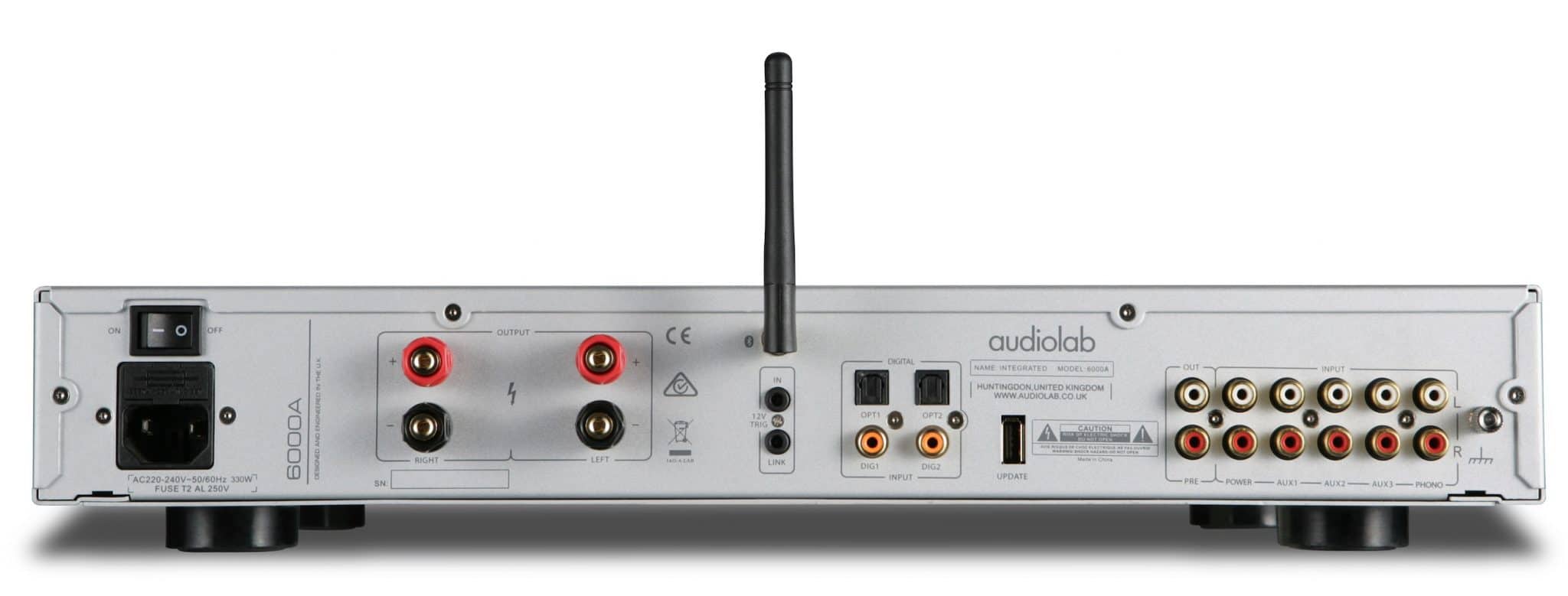
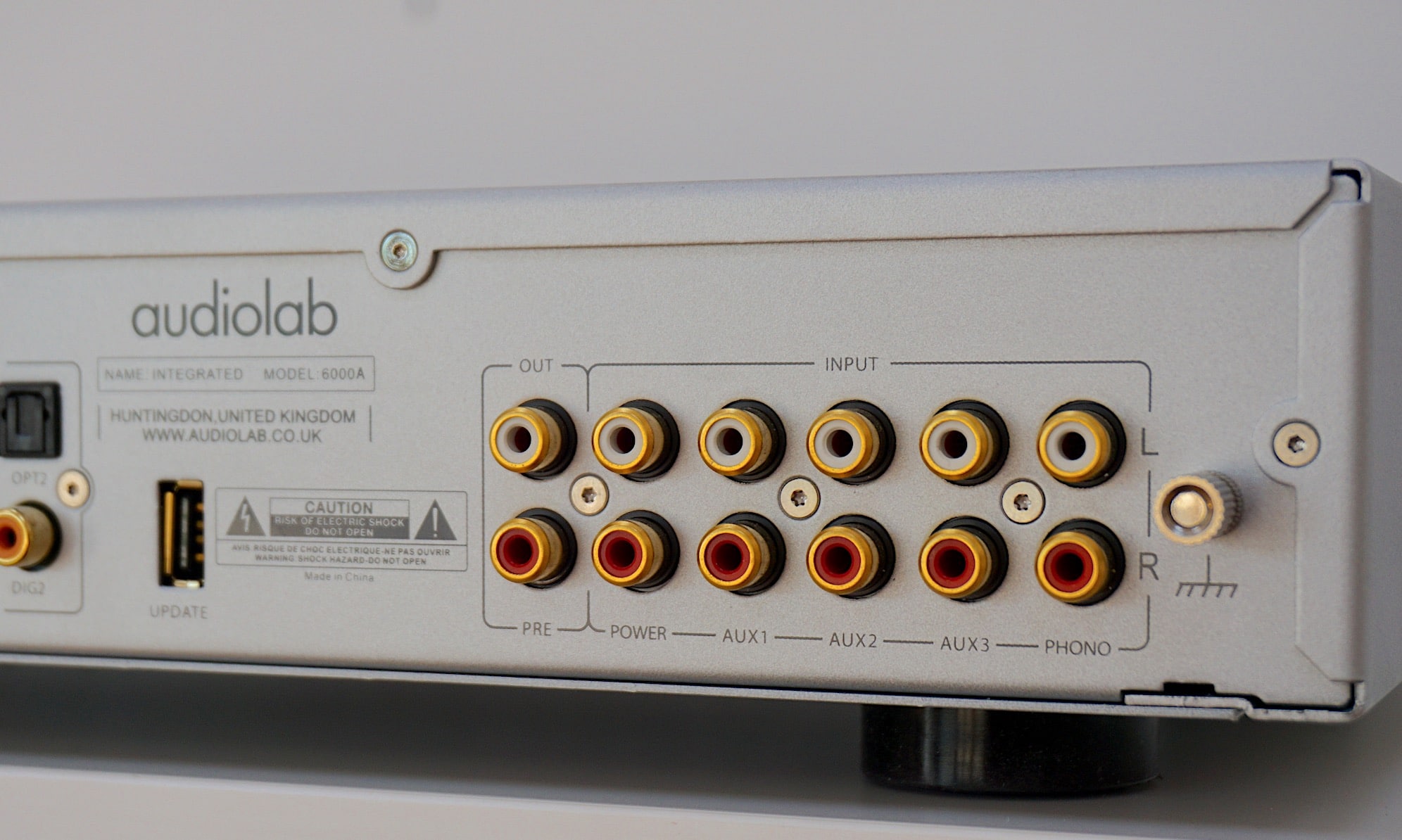
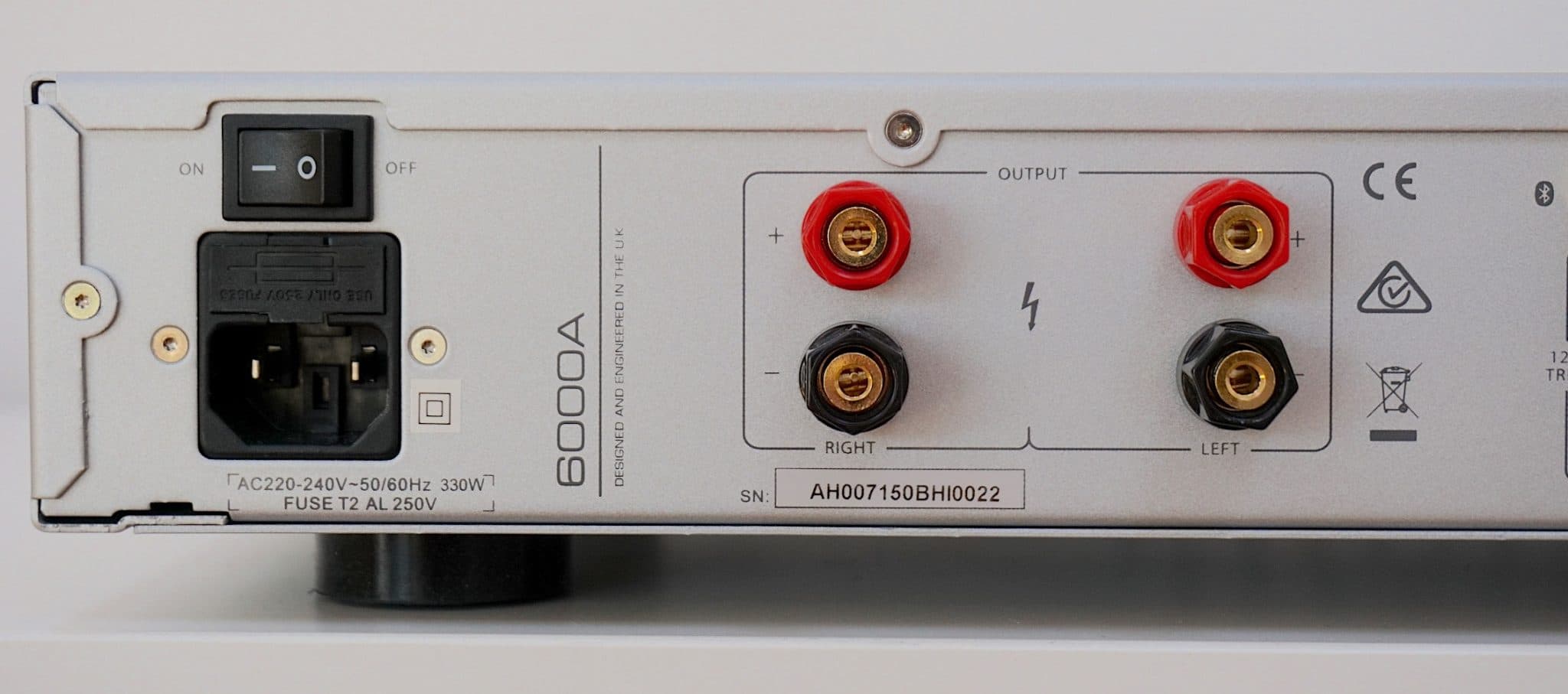
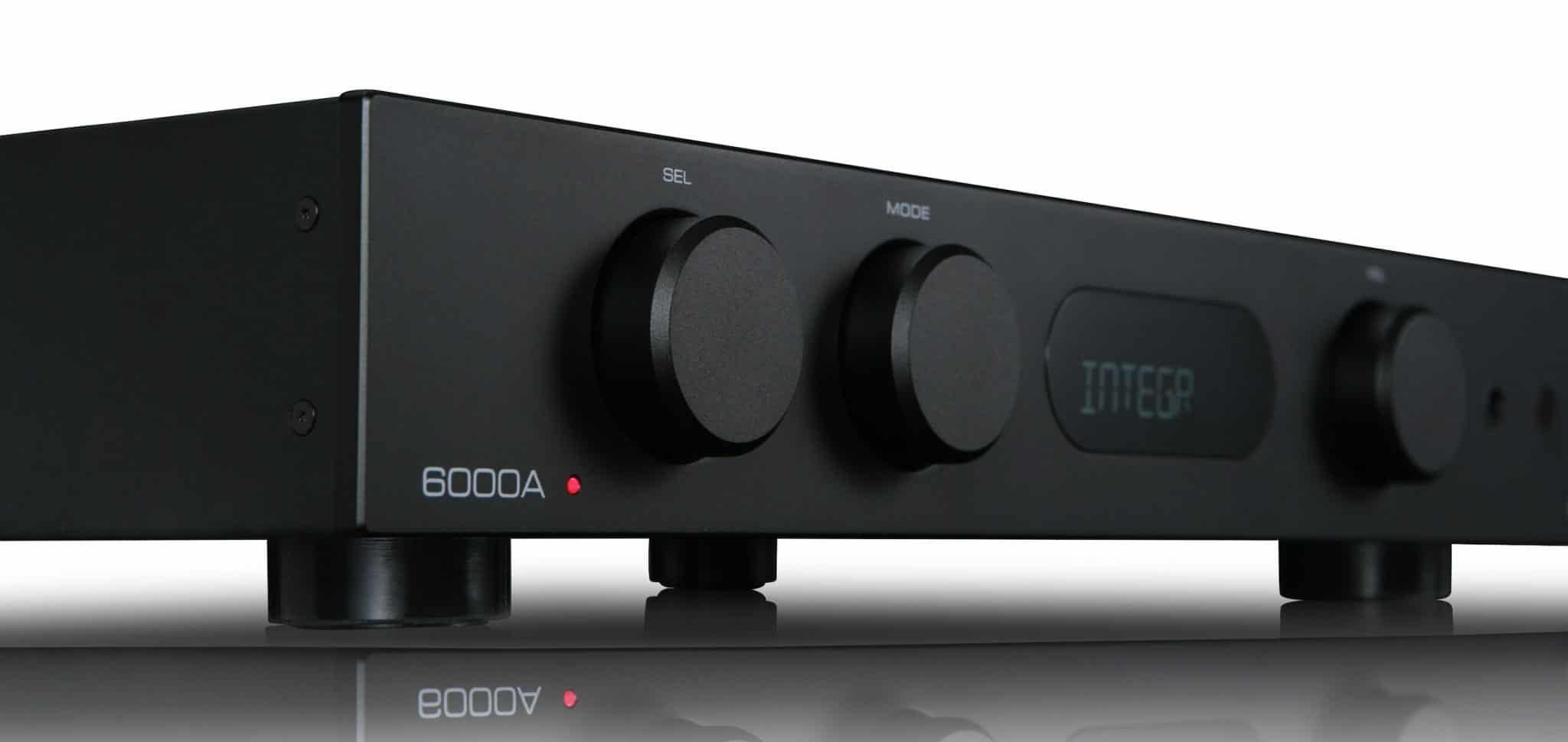
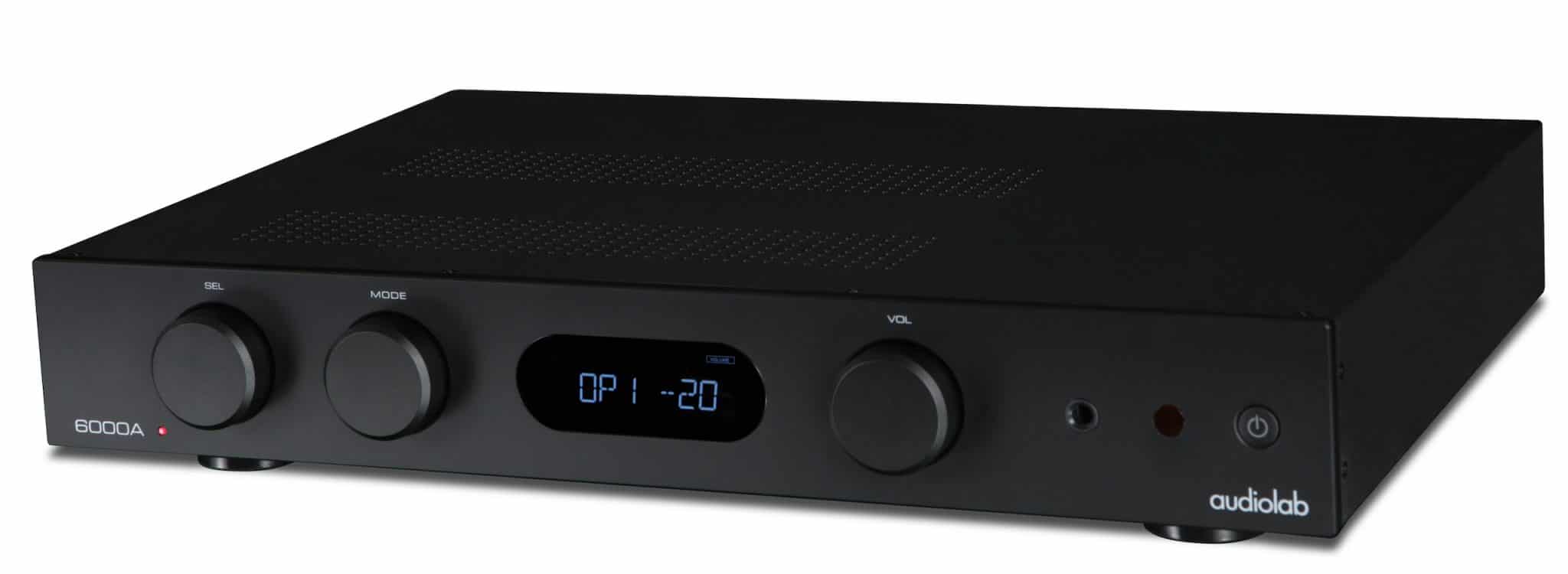
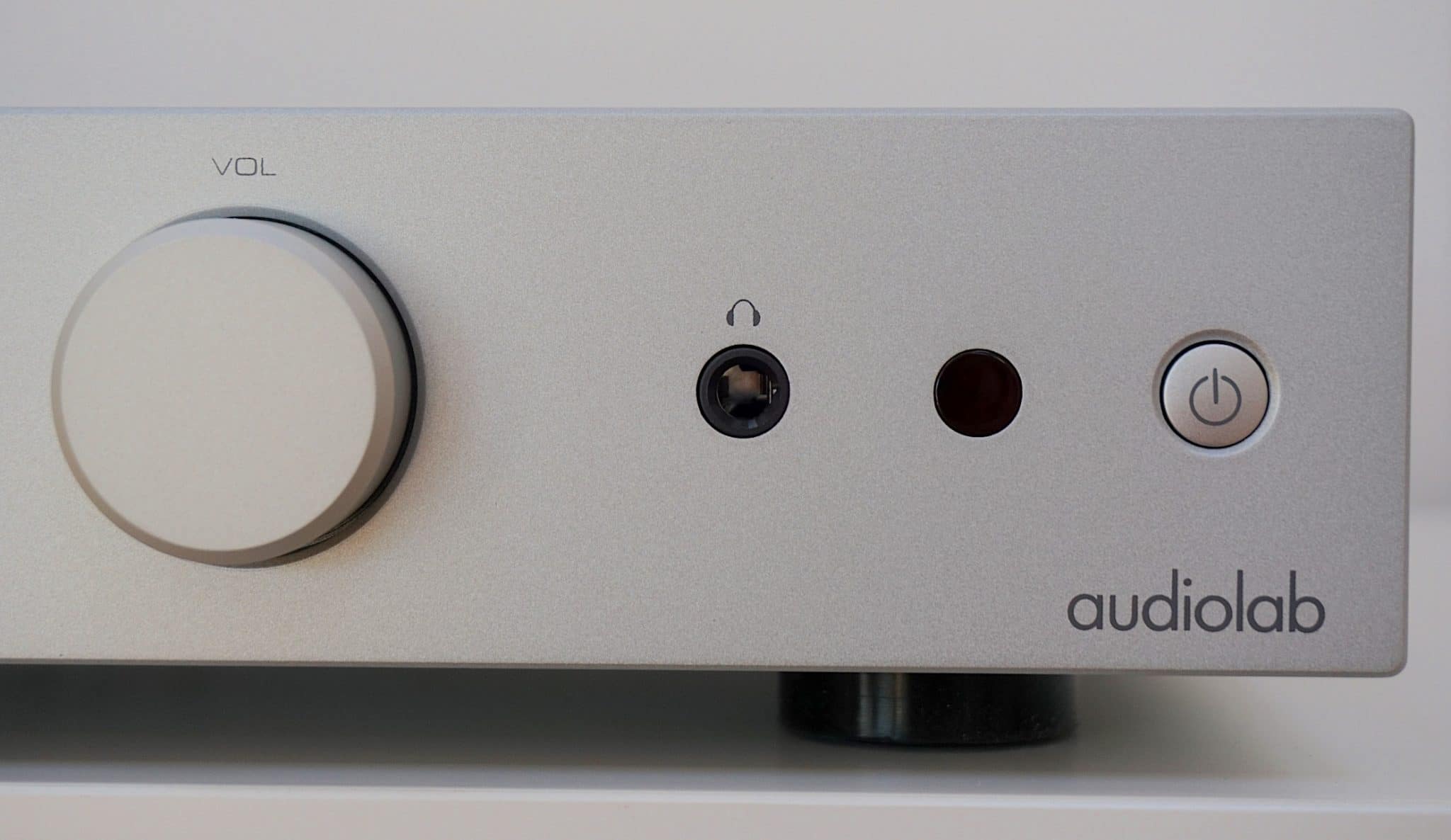
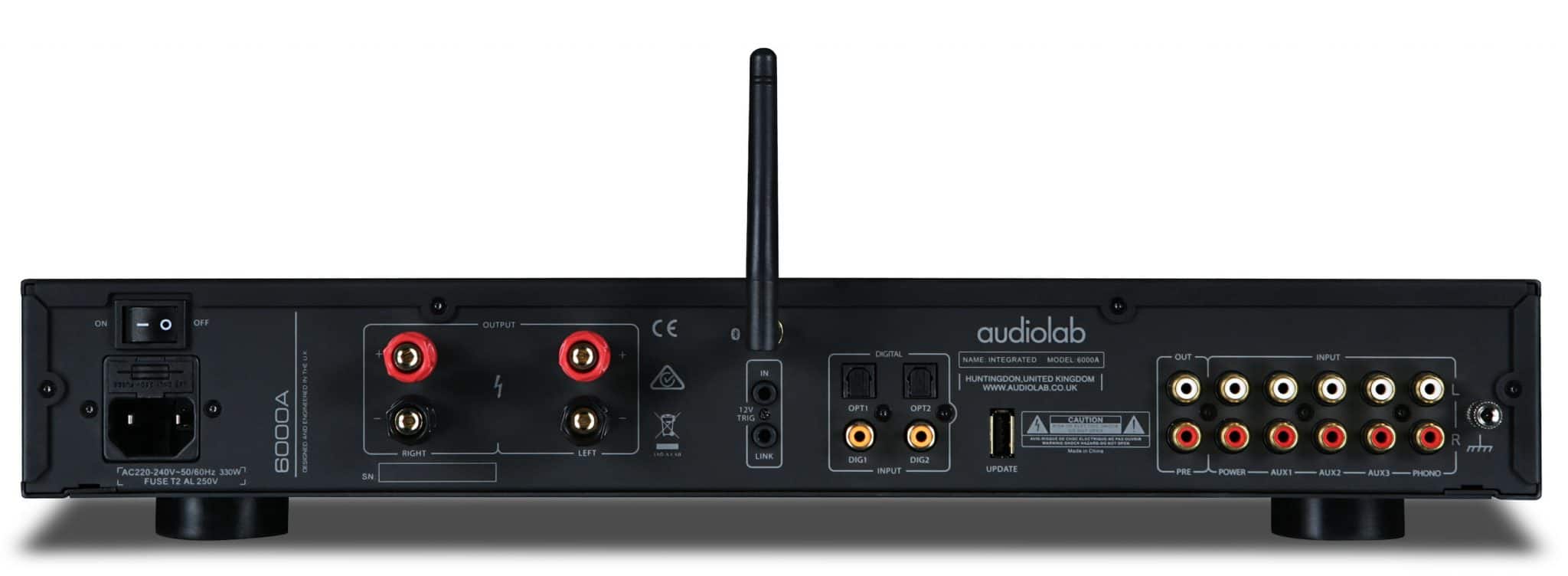

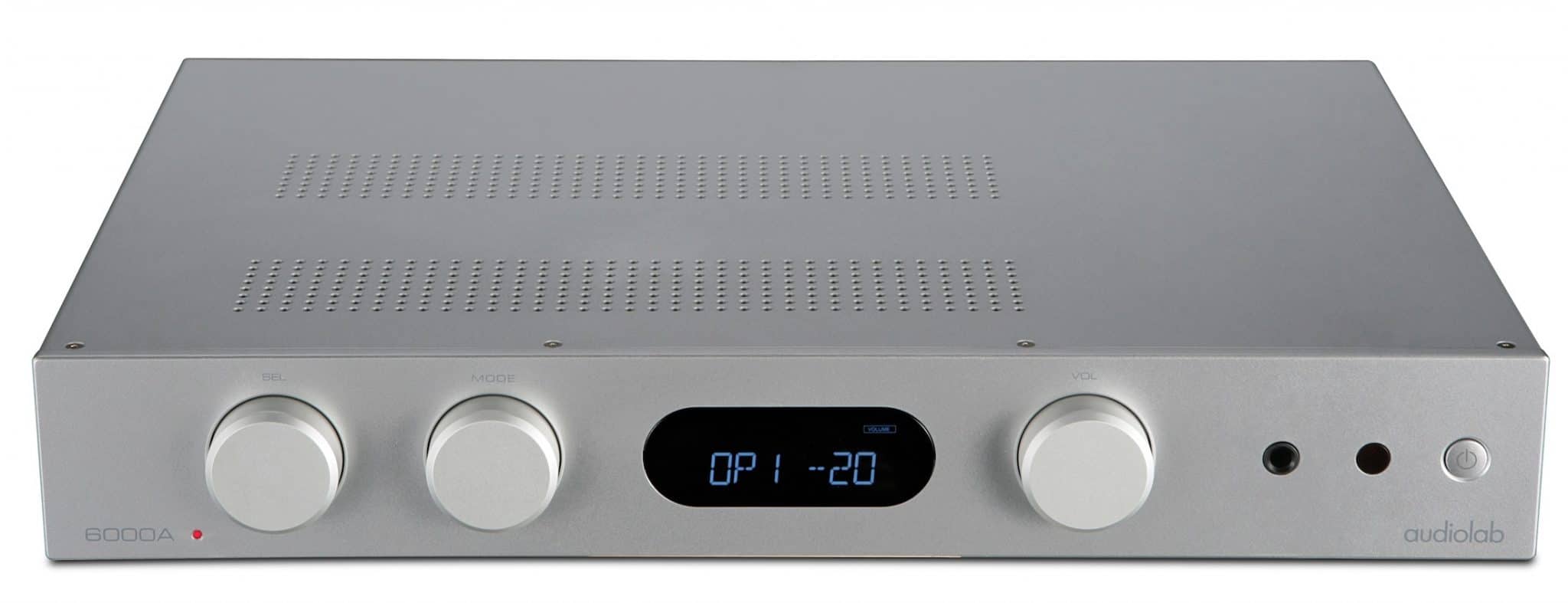
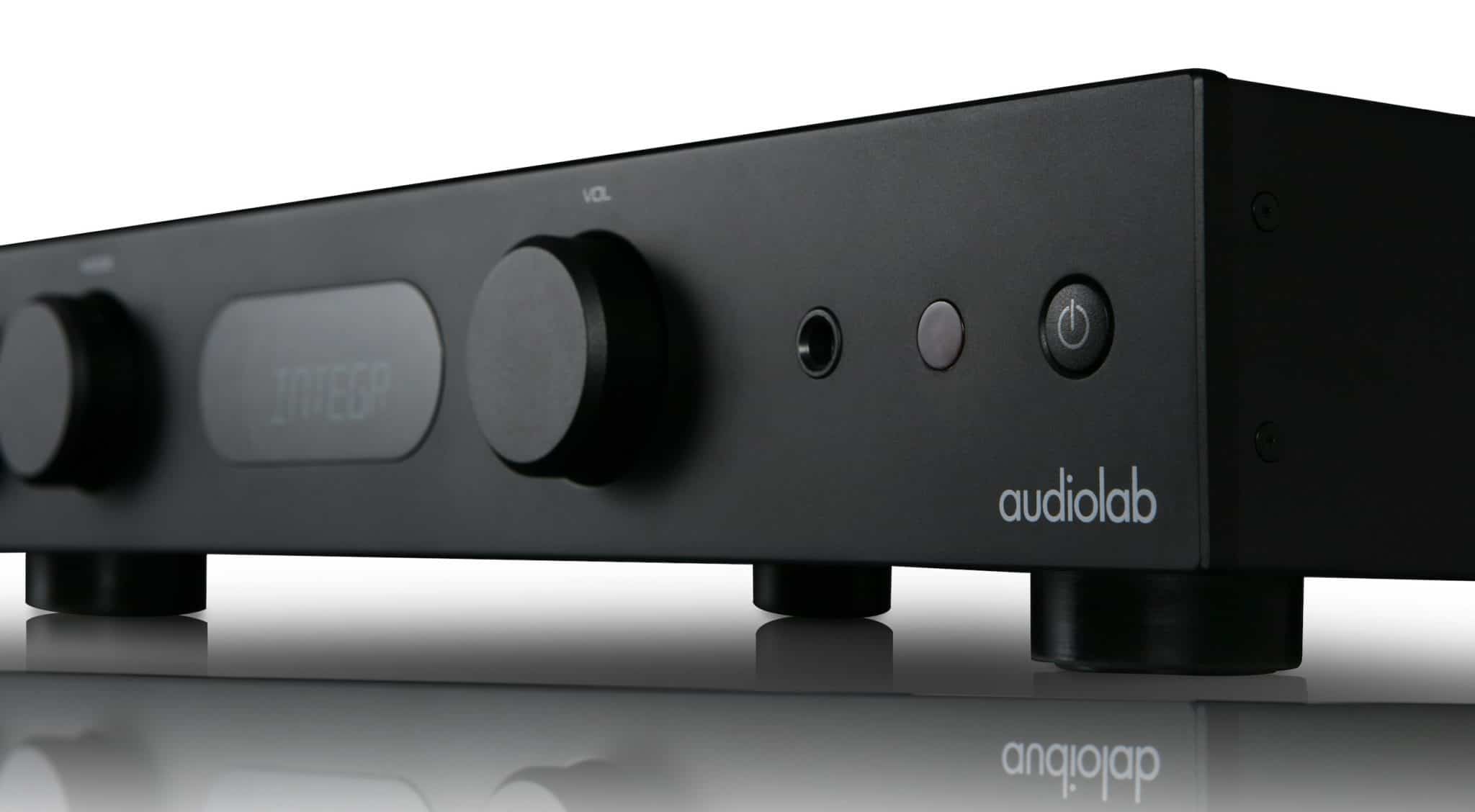
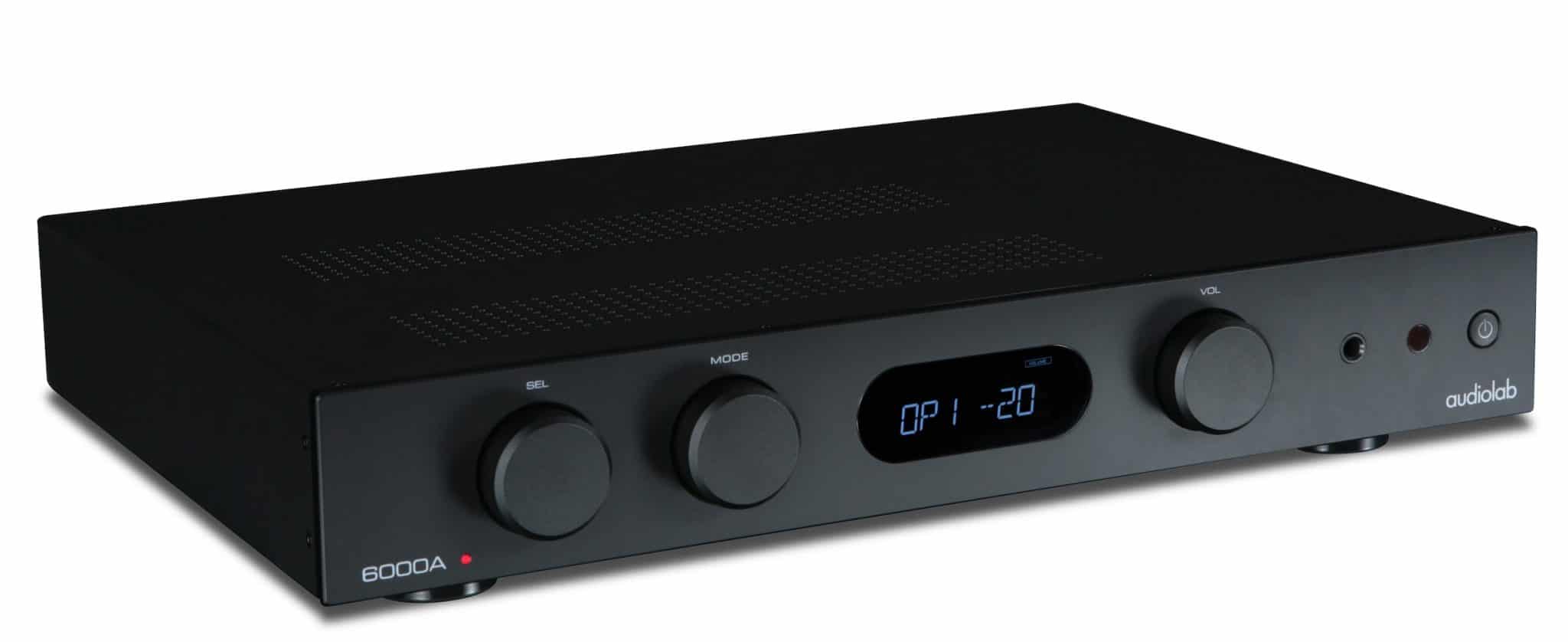



Hi Paul
thanks for your reviews, normally i watch you on youtube, but this time i came to your site, i have a question
for you, which one is sonically better, audiolab 6oooa or rega brio r?
thank you
Thanks for joining us on the site here and…I like both. You won’t be disappointed with either. Faced with a choice I’d go with the 6000A which, I feel, better integrates bass into the soundstage for a more balanced presentation.
Hi Paul, thank you for your excellent review. I am now seriously considering purchasing a 6000A but I have one concern. I play a lot of vinyl and tone contols have been usful to me. Possibly down to budget amps and inconsistent vinyl, I have always needed to adjust the bass between neutral and full gain. ¬£600 is my budget so is the 6000A the best option or should I be considering other amps with tone controls? Is there a workaround if I am unhappy with the tonal balance such as adding a phono amp with tone controls? Hopefully the better tonal characteristics of the A5000 will mean my concerns are unfounded but this is a leap of faith for me given my lack of exposure to better quality amps. I’d be very grateful for your thoughts.
Hi Martin – tone controls are types of EQ. They fundamentally change the nature and personality of the default sound output. So that’s point one and let’s leave that to one side for now.
Secondly, you own a hifi. The components of which have been carefully (one hopes) engineered to perform to the best of its ability, following a sonic envelope dictated by the designer. Within, the designer has aimed for a blend of frequencies that produce the required and intended sonic signature.
The moment you apply tone controls, you change that signature. You move away from the default and you reject the designer’s aim.
For me, the moment you even reach for a tone control is the moment you should admit to yourself that you’re not happy with the hifi component ‘as is’. The solution is not to fiddle with the box but to change the amplifier – or whatever – for a better sounding device.
Tone controls were (are) included because some manufacturers like to add it to the spec list and some believe that their inclusion will add sales.
I see them as sticking plasters that don’t tackle the fundamental issue.
Which is why I recommend a demo to listen to an amp before you buy. So you don’t need tone controls in the first place. If you demo an amp, think it’s the bee’s knees, take it home and then find the sound is poor then at least you know it’s not the amp’s fault. Maybe it’s time to look again at the speakers, turntable, etc.
The 6000A doesn’t have tone controls because it doesn’t need them.
Many thanks Paul for your reply, I completely understand the point you are making. Although demos are not currently available, my local Audiolab dealer has said if I’m not completely satisfied I can return the amp, so based on the A5000 clearly being excellent I’m going to make the purchase.
Hi Paul,
Fantastic website and YouTube channel. It has helped me immensely. I had a question I thought id run past you. I have the following:
Debut project carbon turntable
Sennheiser HDVA600
Music fidelity MX-VYNL phono
Audiolab M-DAC
The DAC is connected to my PC and balanced output to HDVA600 which is connected to HD800 headphones balanced. When I need to listen to vinyl, I connect the MX-VYNL to the HDVA600. After reading (and watching) your review of the Audiolab 6000A and Q Audio 3030i speakers, I was wondering if these would fit into my system and somehow bring them all together? Can I combine my computer and vinyl setup through Audiolab 6000A so I don’t need to switch cables? Im happy to spend a bit more money to get an amplifier that does this. Id appreciate your input.
Hi Sanad – many thanks for your kind words.
Is sound quality a priority here or is convenience what you’re aiming at? No problem either way but I wanted to know how you work. Depending on your budget, for sound quality, I would remove the PC from the chain and go Debut, MF phono, 6000A amp, M-DAC and 3030i speakers. That will maximise the sound quality of each component. Connect the Sennheiser to that chain and sound will improve there too. PCs produce excessive high frequency noise so that unit will battle with the audiophile qualities of the otherwise excellent hifi components you own. As it stands, you’re not maximising your kit and the money you’ve spent thus far is not being maximised to its fullest potential.
After that? I would buy a lower cost chain for the PC to ‘do a job’.
That’s how I see it just looking at your email, without any further info on you or how you run your system, day to day.
Hi Paul.
Is the AL 6000a good for my Bowers and Wilkings DM600 S3?
It worth to connect an bt adapter to my Denon PMA 495r or its better to move to an AL 6000a?
thanks
Hi Josep, yep – your speakers should work fine and the 6000A will be a worthy upgrade.
hi Paul, I had been wanting to upgrade my amplifier for a long time, and had been looking at something vintage. Instead I bought this amplifier just from your review, received yesterday, and I couldn’t be happier. Bliss. Looking forward to upgrading to the matching CD transport soon. Thank you!
Glad I could be of help, Paul.
Hello Paul – thank you for publishing such a thoroughly detailed and insightful review. I was somewhat skeptical at purchasing this integrated but decided to do so based, in no small part, on your expert advice. As an avid listener of reggae, rap as well as R&B, my trepidation was a result of not being convinced that it would be a good match for my Cerwin Vega E-715s’ substantial woofers. But, your lines about tonal balance being the killer feature, allowing bass into the soundstage, as well as frequency discipline, were all very convincing. I have not been disappointed!
I’ve read many reviews that undervalue and underestimate CVs and dismiss them as “frat boys party speakers” and other pejoratives. What are your thoughts on CVs and this pairing in particular.
Thank you in advance.
Many thanks Rawl. I haven’t come across the CV speakers during my travels I have to say but glad that they’re adding to your musical enjoyment. I’ll be sure to keep an eye out for them in the future.
Paul, if I had ¬£1300 to spend, here in the UK and I wasn’t able to get out’n’about… And issues of “I wouldn’t because technically it’s not the done thing” aside, would I get any benefit in adding the Audiolab 8300XP* to the Audiolab 6000A (in Pre Mode)?
It’s an upgrade path that you’ve hinted at in various ways. Take the 6000A and you could add a-n-other power amp (iotavx PA3 or Shitt or whatever). I’m honestly trying to ascertain whether this combo* would give even better ‘control’ of the lovely sound at lower volume levels. You know the thing, expensive amps costing more than the 6000A/8300XP where the actual power output translates into that wonderful, controlled and beautiful sound even at very low db levels that can be experienced in audio retailers shops up and down the country?
For me, listening at 40db, I get a great understanding about that is trying to be conveyed, musically. At 55db, there’s more power output and greater sound and control but at the expense of more volume. Nobody can tell me if what I suspect is true is actually true. 6000A in Pre 8300XP == more oomph to your ohms and that same lovely controlled, and beautiful sound, at (also) quieter sound levels. And if you’ve gotten this far, one last thing. Will the DAC of the 6000A be available when putting it in Pre Mode? The literature does not state that this is not so but it doesn’t say it is either.
Even if you feel you can’t reply, thank you for all you do for us :¬¨) I do so very much enjoy your youtube channel and appreciate your ‘delivery’ :¬¨)
Hi Adrian – I would only use the 6000A as a pre if you intend to upgrade to a specialist pre while you finish collecting a budget for the same. The 6000A was designed as an integrated and works best like that. Sure, use it as a crossover for an upgrade but I wouldn’t live with it that way, long term. I advise using the best tools for the job.
And thank you for your kind words 🙂
Okay. I hear you 🙂 Are you able to point me at some likely choices to consider if sticking with Integrated? With just how good the 6000A is, I’d be looking at a proper jump, in the region of ¬£2k /-.
Hi Adrian – the Moon 240i is a good option. The Rega Elicit-R i another useful design.
Hi Paul! Fantastic review and very useful advises! Do you think that 6000A would be a perfect fit to my set up: Turntable Primare R15 6000A KEF LS50M or shall I look into another amplifier (e.g. Marantz PM6007 or Denon something) to avoid the problems described by Gavin up there?
The 6000A should work fine in your system Vlad.
Hi Paul, getting the audiolab 6000a this week and just a quick question. I have a project debut carbon turntable which i have been using with a project phono box s, would the phono stage in the audiolab be better than the phono box s?
Cheers
Sam
Hi Sam – given the choice, I’d always go external when discussing phono amps so I’d stick with your current kit here.